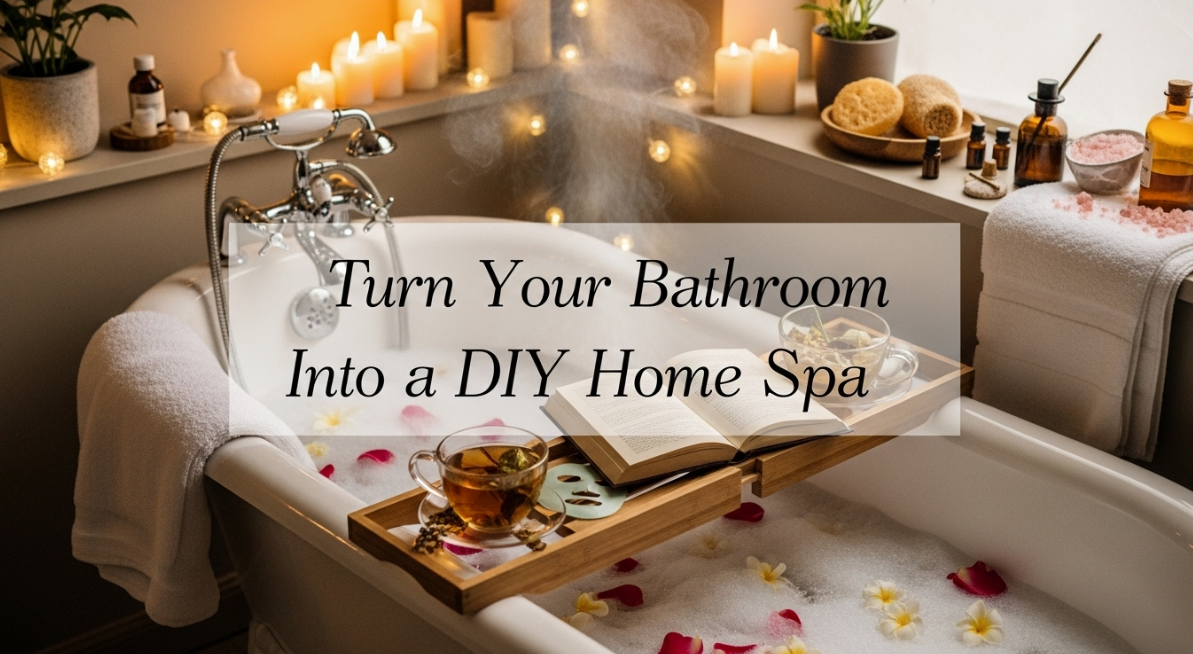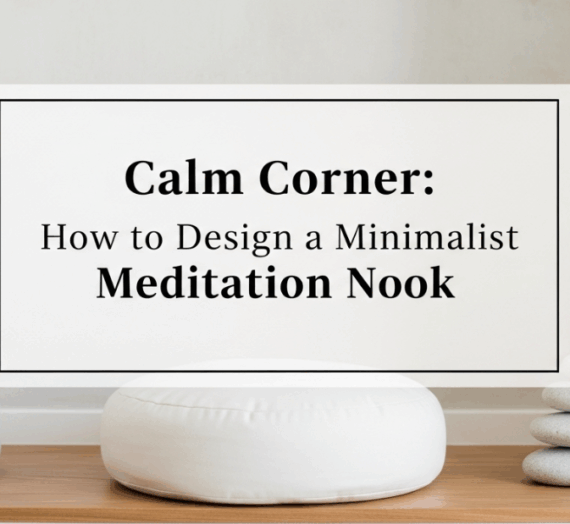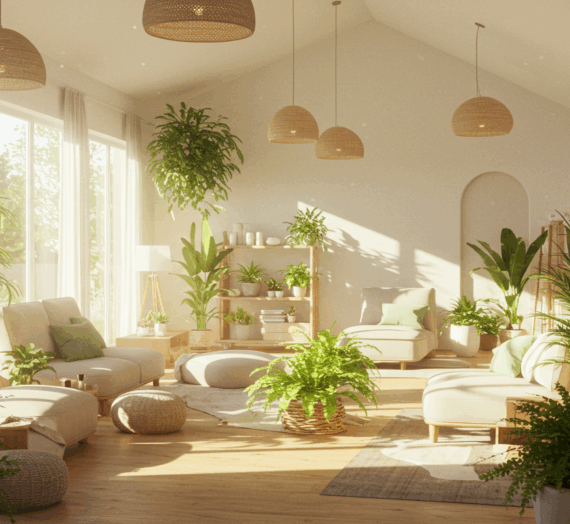Create Tranquility in the Everyday: DIY Home Spa Bathroom Guide
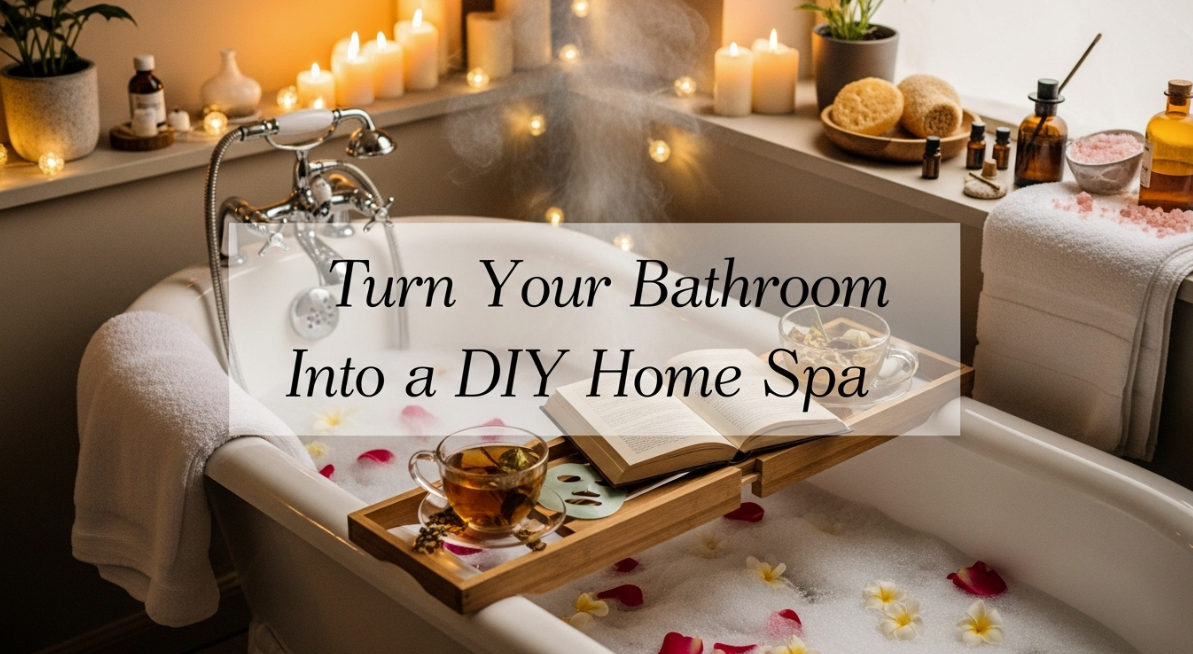
Introduction: Create Tranquility in the Everyday
In the fast pace of modern life, your bathroom can be more than just a functional space. With a few intentional design choices, it can become a rejuvenating retreat—a personal sanctuary where you unwind, reflect, and care for your well-being. Turning your bathroom into a DIY home spa is a soothing, affordable way to bring daily calm into your life.
Research on how everyday environments influence wellbeing suggests that small design changes can support stress reduction and mindful routines. See a review on light and wellbeing for context: Systematic review and meta-analysis on the effect of light on wellbeing.
Why Bathroom Wellness Spaces Matter
The bathroom is often the first and last space we experience each day. Shifting its energy toward serenity and self-care can improve mental clarity, promote mindfulness, and encourage healthier habits. A spa-like bathroom fosters peace and relaxation, helping you recharge both physically and emotionally.
Design that supports habit formation and relaxation is treated in behavioral design literature and wellness design guides. For lighting effects on mood and circadian rhythms, see research on light exposure and mood, memory, and sleep.
Common Misconceptions About Home Spas
Many believe creating a spa bathroom requires a full remodel or luxury spending. In reality, thoughtful, budget-conscious upgrades can dramatically shift the ambiance. From lighting and aroma to textures and sound, a few small touches go a long way in transforming the space without breaking the bank.
Design Tips for a Soothing Bathroom Retreat
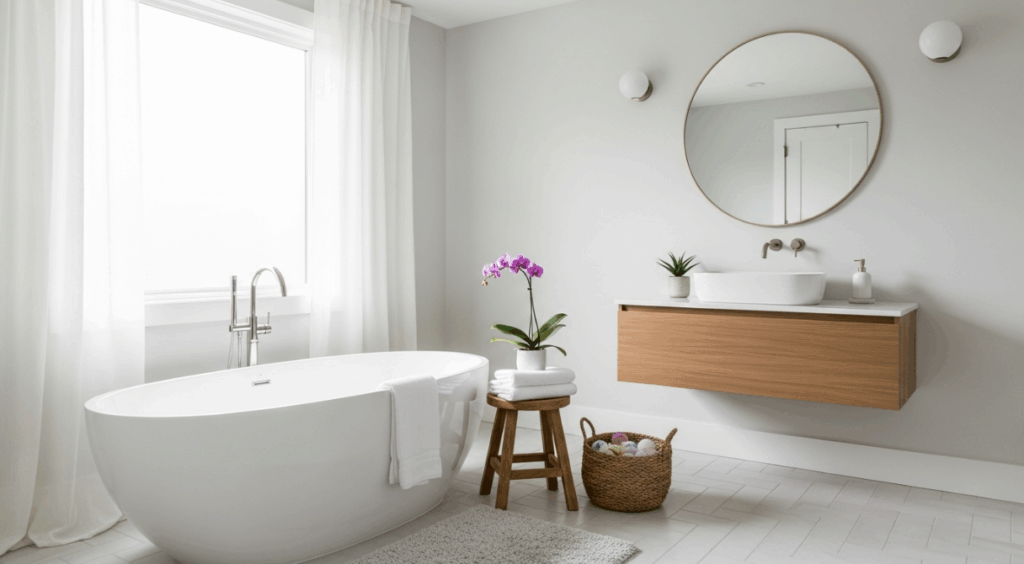
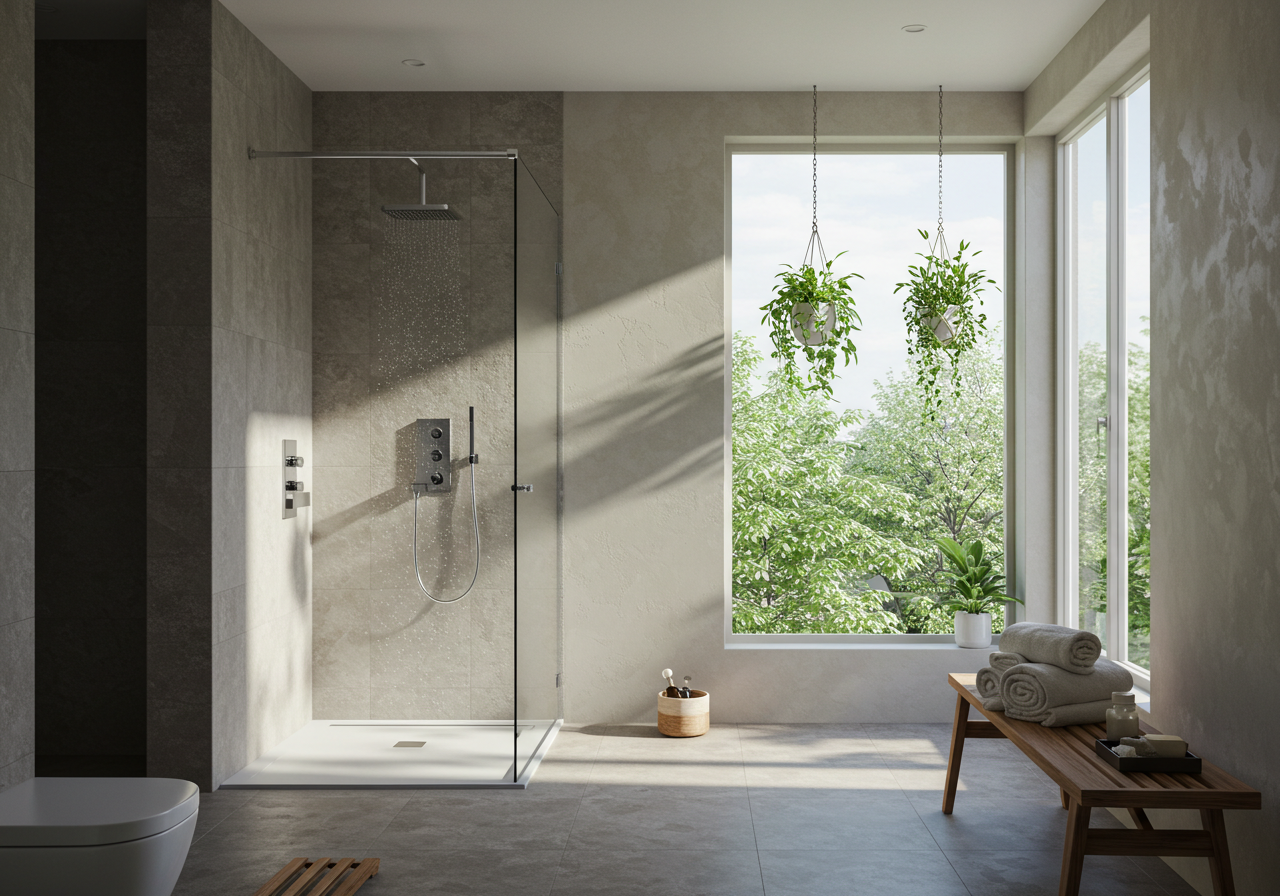
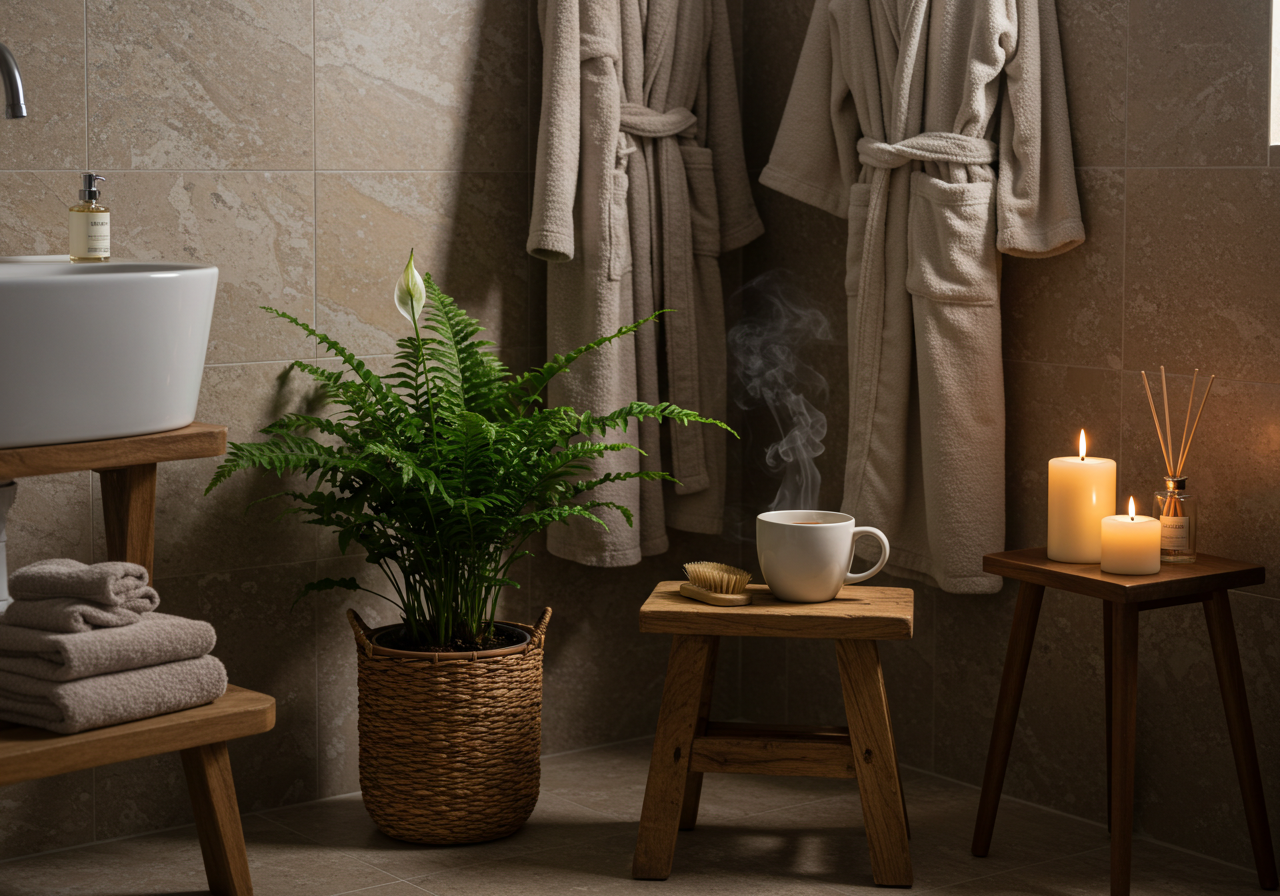
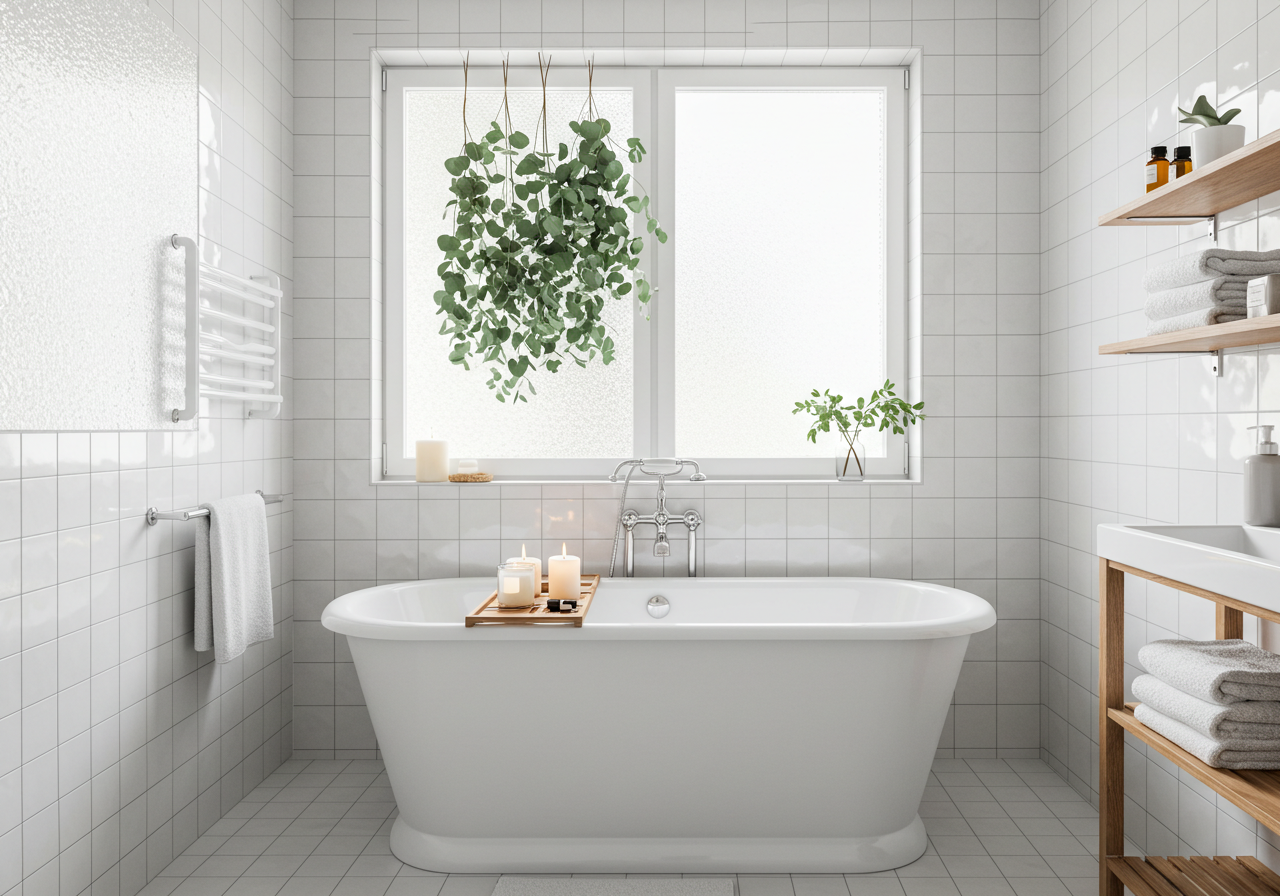
| Tip | What to do | Budget idea |
|---|---|---|
| Declutter and Simplify | Store items in baskets or drawers to keep surfaces clear | Use thrifted baskets |
| Soft Natural Colors | Choose warm whites, muted beige, soft greens | Add paint sample swatches first |
| Natural Materials | Add wooden trays, stone accessories, organic cotton towels | Repurpose existing trays |
| Lighting | Install dimmable fixtures or use LED candles | Use battery LED candles |
Declutter and Simplify
Begin by removing visual noise. Store away everyday items in drawers or baskets, leaving surfaces clear and calm. A tidy space makes room for stillness and focus.
Use a Soft, Natural Color Palette
Neutral tones like warm white, muted beige, or soft green help establish a serene atmosphere. Avoid bright, harsh colors and instead opt for hues found in nature.
Incorporate Natural Materials
Wooden trays, stone accessories, and organic cotton towels create a grounding effect. Natural elements help reconnect us with simplicity and comfort.
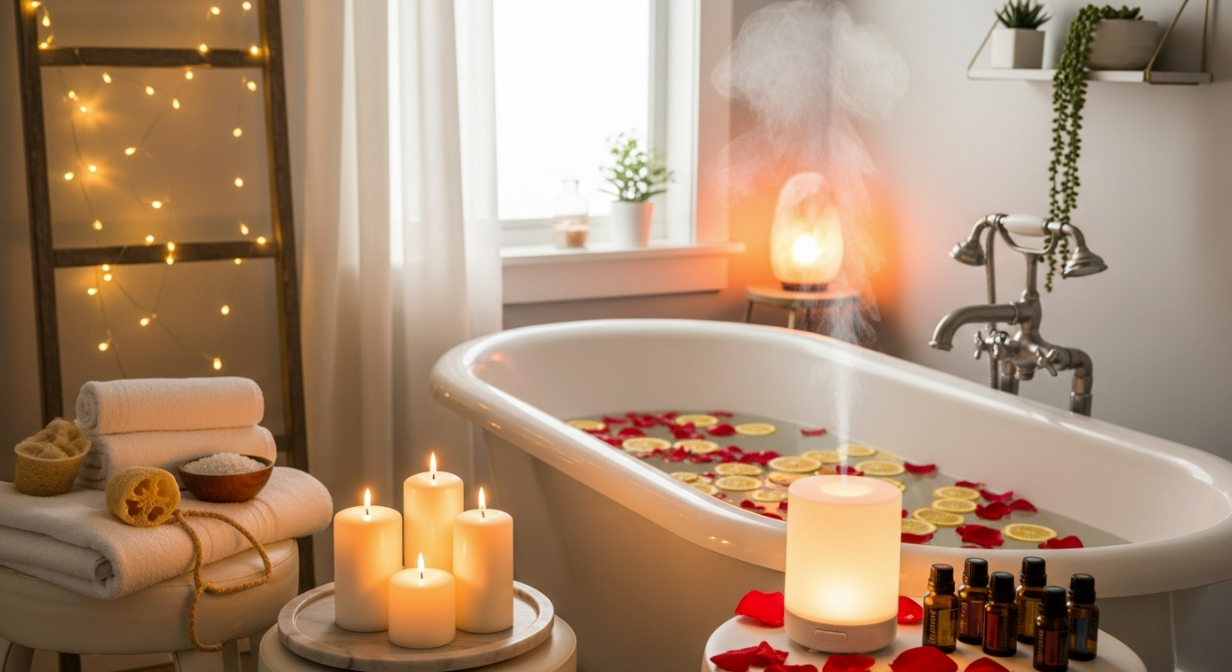
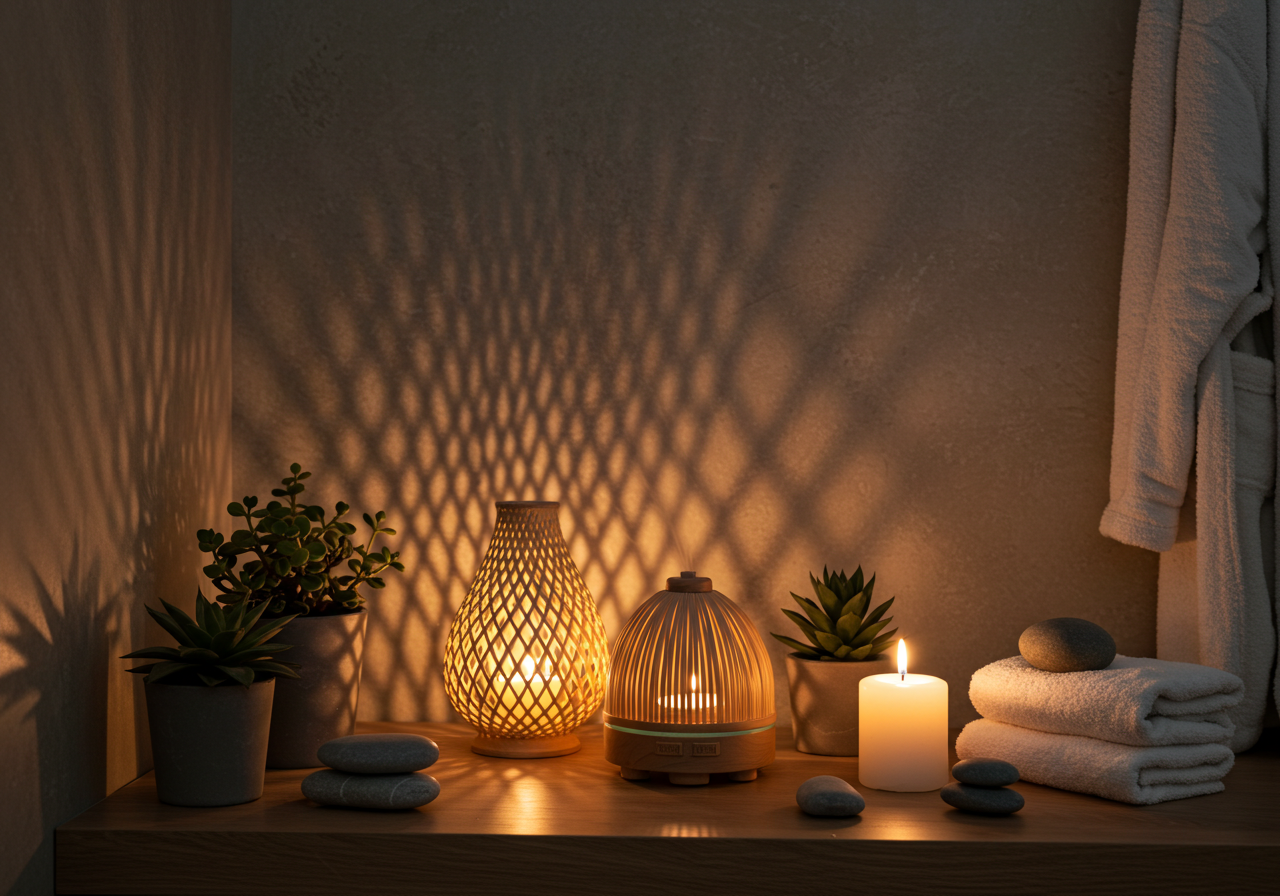
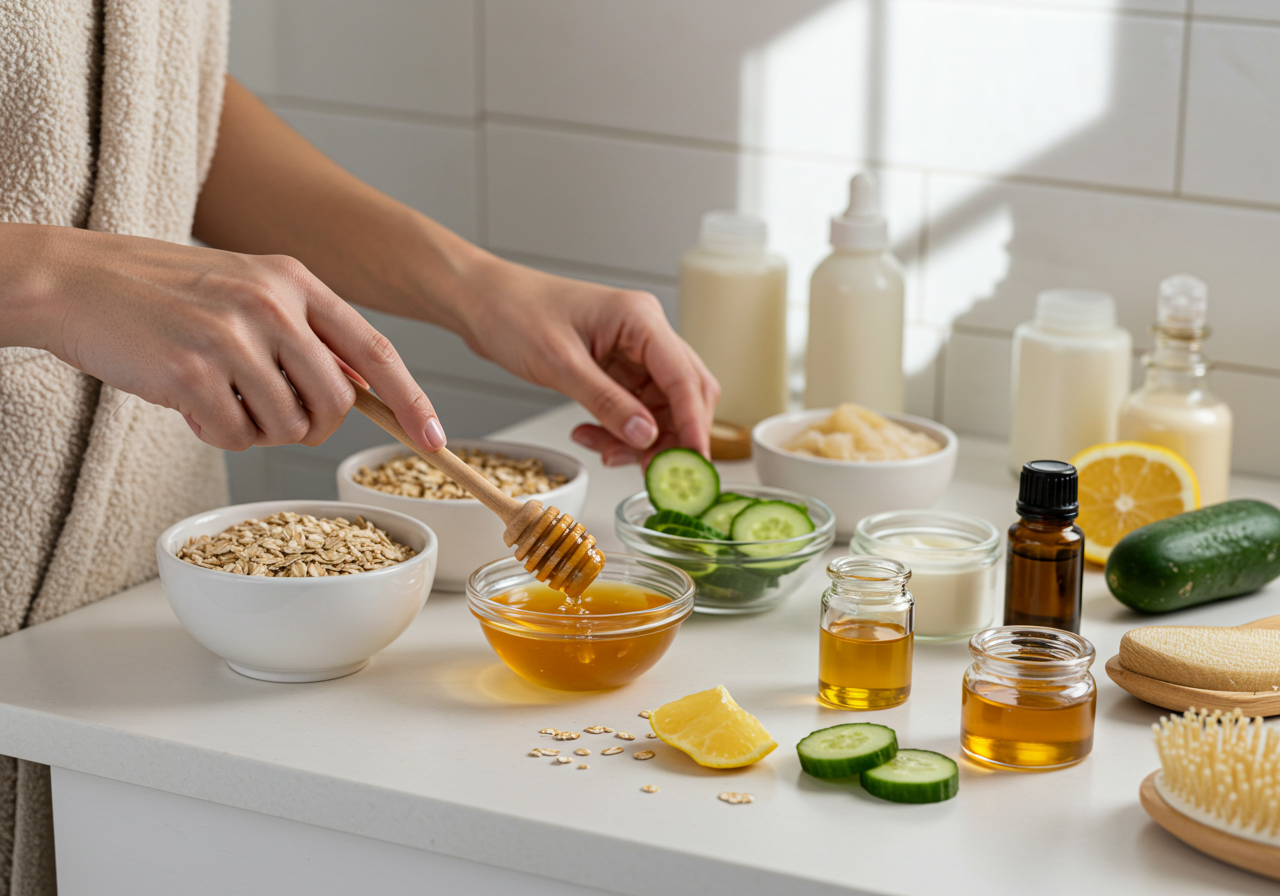
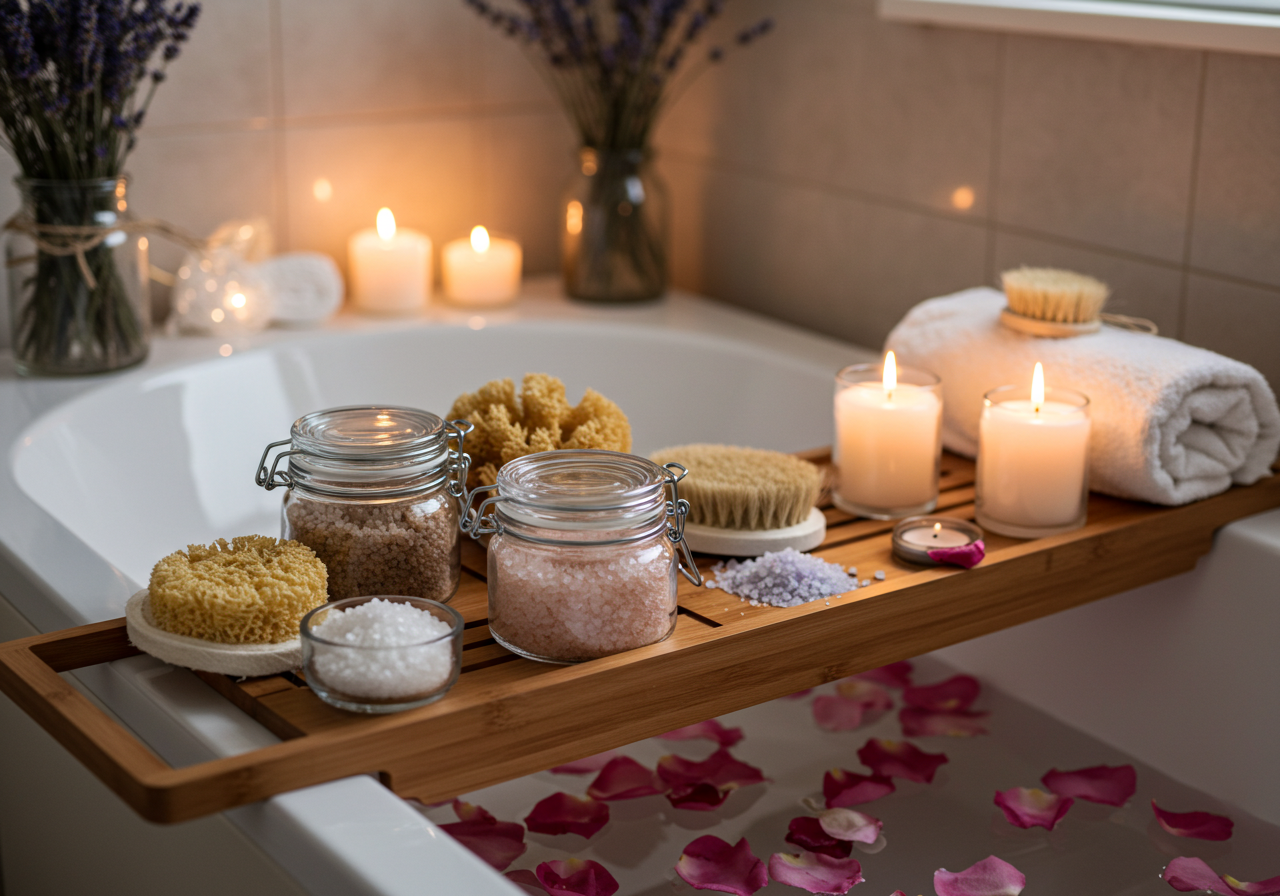
Sensory Elements to Elevate the Experience
Lighting
Swap harsh overhead lights for dimmable fixtures or soft LED candles. If possible, let in natural light during the day to enhance the soothing environment.
Studies show that appropriate light exposure influences mood and sleep, and lighting design can be an effective tool for wellbeing. See a systematic review on light and wellbeing: The effect of light on wellbeing.
Scent
Aromatherapy is essential for a spa-like atmosphere. Use essential oils like eucalyptus, lavender, or bergamot in diffusers or add a few drops to your shower floor for an uplifting effect.
Clinical trials and reviews suggest lavender inhalation can reduce anxiety and improve sleep in some populations. For evidence, see this review and trials: Lavender oil and anxiety disorders review and recent RCT on lavender inhalation.
Sound
Soft instrumental music or ambient nature sounds (like rain or ocean waves) can help calm your mind and deepen relaxation. Use a waterproof Bluetooth speaker for ease.
Touch
Invest in ultra-soft towels, a cushioned bath mat, and a cozy robe. Textures matter what you feel directly affects your comfort and mood.
DIY Spa-Like Additions on a Budget
- Create a mason jar scrub using sugar and coconut oil for exfoliation
- Hang fresh eucalyptus in your shower for natural steam inhalation
- Use decorative baskets to store towels or skincare items neatly
- Repurpose an old tray as a bath caddy for candles, a book, or tea
- Make DIY bath salts with epsom salt and essential oils
These simple projects are low-cost but bring intentional beauty and wellness into your space.
Essential Tools and Products for Home Spa Comfort
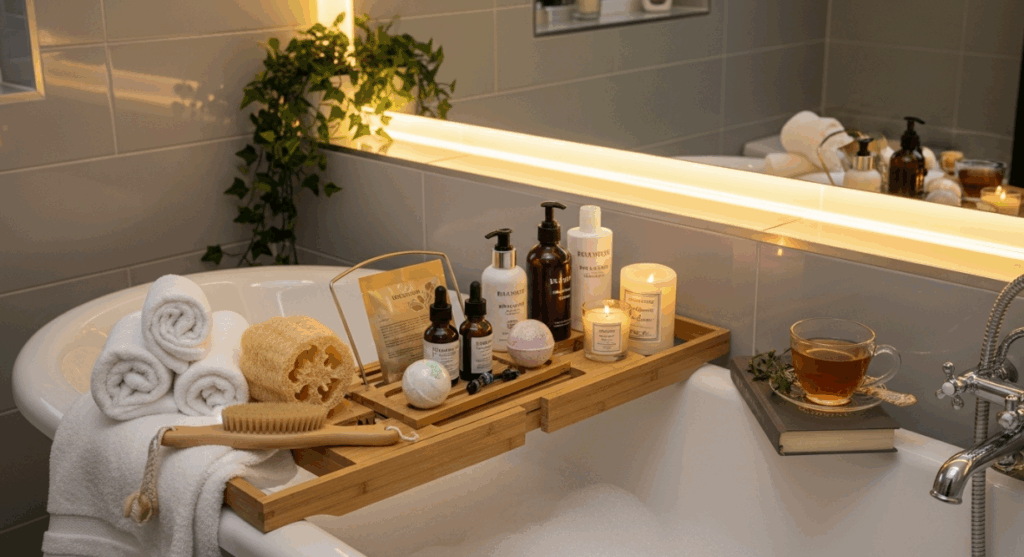
- Fluffy towels and a plush robe
- Aromatherapy diffuser or incense holder
- Natural loofah, dry brush, or exfoliating glove
- Non-toxic candles or LED lights for mood lighting
- Soaking salts, bath bombs, or bubble bath (organic, if possible)
Even adding one or two of these items can significantly enhance your wellness experience.
Routine and Habit Support Through Design
Design impacts behavior. When your bathroom invites pause and reflection, it naturally supports habits of self-care. A spa-like setup encourages you to linger, take deep breaths, care for your skin, stretch, or journal post-bath. It transforms rushed routines into mindful rituals tiny moments of stillness woven into your day.
Want more research about sensory design and habit formation? Try this Google search or this Bing search.
Room-by-Room Integration Tips (Optional)
Consider extending the wellness energy beyond the bathroom. Add an air-purifying plant like aloe vera to your bedroom, or a salt lamp in your entryway. Consistency in scent, lighting, and textures across rooms creates harmony throughout your home and reinforces your wellness goals.
FAQs
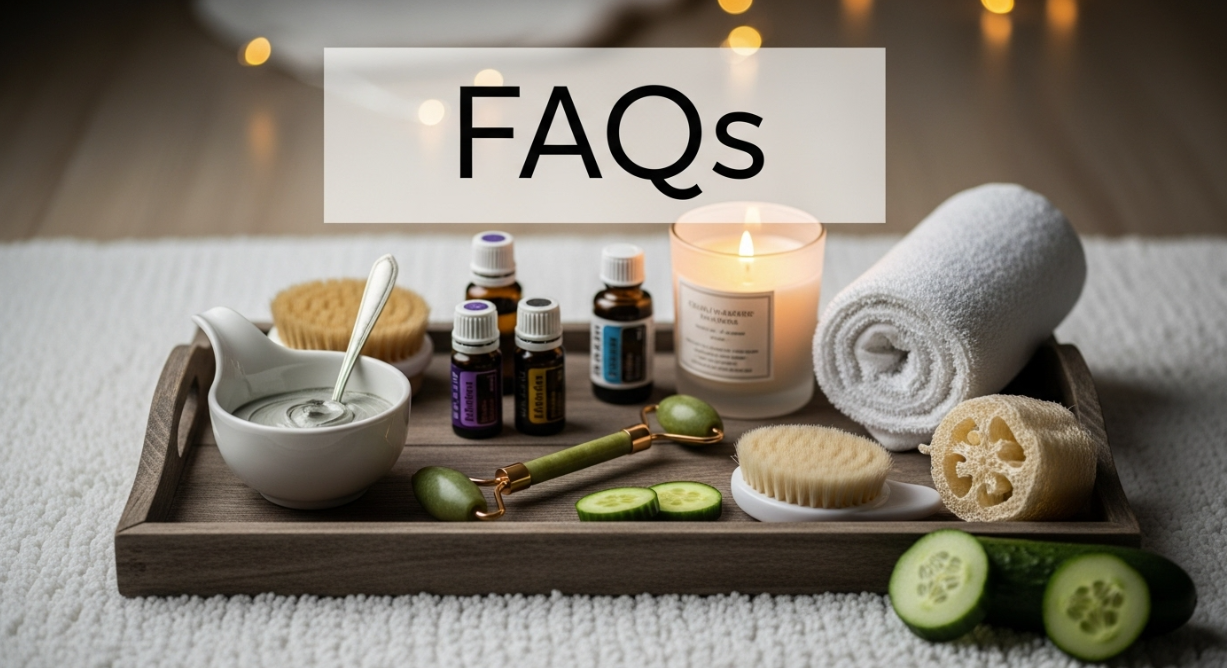
Do I need a bathtub to create a spa-like experience?
Not at all. A shower can be just as relaxing. Use eucalyptus bundles, essential oil steamers, and slow lighting to transform it into a rejuvenating space.
How often should I use my DIY spa setup?
Even once or twice a week can help reset your nervous system. Consistency is more important than duration small rituals add up.
What if I have a very small bathroom?
Focus on one sensory element at a time perhaps a calming scent and soft towel. Even a tiny shift in ambiance can make a big difference.
Key Takeaways
- You can create a spa-like bathroom without remodeling or overspending
- Sensory elements like scent, light, and texture shape the wellness experience
- DIY upgrades like bath salts or eucalyptus bundles are budget-friendly and powerful
- Designing for wellness encourages daily self-care and mindfulness
Begin Your Home Spa Journey
Self-care doesn’t need to wait for a vacation or a fancy retreat. You can begin now right at home. With a few mindful upgrades, your bathroom can become the calming space you’ve always craved. Brew some tea, light a candle, press play on your favorite ambient playlist, and let your home spa embrace you.
Enjoyed this guide? Share it with someone who could use a little calm. And stay tuned for more ways to bring wellness into every corner of your home.
References
